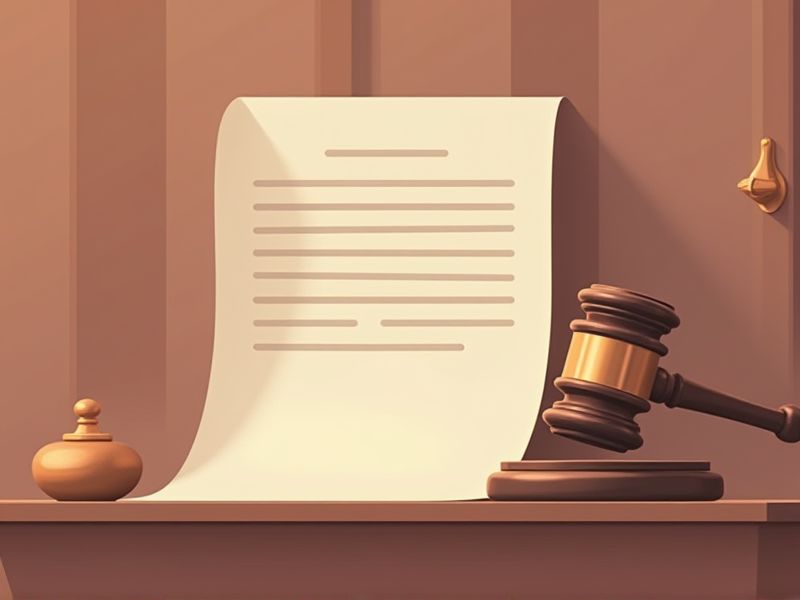
Writing a letter to a judge in court requires a formal and respectful tone, clear structure, and concise language. It is important to address the judge appropriately, state the purpose of the letter clearly, and provide relevant information without being overly detailed. Including your contact information and sign-off respectfully helps maintain professionalism. Whether you are requesting leniency, providing information, or expressing concern, clarity and politeness are essential. To assist you further, this article offers various template examples to help you craft an effective letter to a judge.
Samples of letter format for judge in court
Letter Template For Judge In Court
Court Judge Letter Format Example
Professional Letter To Judge Format
Writing To A Judge Letter Structure
Letter Format Addressing A Judge
Formal Letter To Judge Court Example
Petition Letter Format For Judge
Request Letter To Judge Format
Sentencing Letter Format For Judge
Character Reference Letter To Judge Format
Letter Format For Court Proceedings Judge
Appeal Letter Format For Judge
Motion Letter Format For Judge In Court
Letter Of Support Format For Judge
Complaint Letter Format To Judge
Letter Format For Family Court Judge
Letter Format Addressing A Court Judge
Formal Request Letter To Court Judge
Letter Format For Juvenile Court Judge
Letter Format For District Court Judge
Important Things to Know when Writing Letter Format For Judge In Court
Proper Salutation And Addressing The Judge Respectfully
A crucial aspect of writing to a judge is the proper salutation, which sets the tone for your correspondence. You should always address the judge as "The Honorable [Full Name]," followed by their title, such as "Judge of [Court Name]." Respectful language throughout the letter reflects your understanding of the court's decorum and the seriousness of the matter at hand. Maintaining a formal tone not only demonstrates respect but also enhances the credibility of your communication.
Clear And Concise Subject Or Reference Line
A clear and concise subject or reference line is crucial when writing a letter to a judge in court. It should succinctly convey the purpose of your correspondence, allowing the judge to quickly grasp the topic at hand. A well-crafted subject line not only demonstrates your respect for the court but also increases the likelihood that your letter will be read promptly and thoroughly. Make sure to include relevant case numbers or specific issues to aid in easy identification and contextual understanding.
Formal Language And Tone Throughout The Letter
Using formal language and maintaining a respectful tone are crucial when writing a letter to a judge. Your choice of words should reflect professionalism and seriousness, as this demonstrates your respect for the court and its procedures. Avoid colloquialisms or informal expressions, focusing instead on clear and concise statements that convey your message effectively. Remember, the way you present your letter can impact how the judge perceives your case, so it's essential to adhere to these formalities.
State The Purpose Of The Letter And Relevant Case Details
When preparing a letter for a judge in court, it is crucial to clearly state the purpose of your correspondence at the beginning. Include relevant case details, such as the case number, parties involved, and any specific issues being addressed. This ensures that your letter is easily understood and appropriately categorized by the court. A well-structured and concise format enhances the likelihood of the letter being taken seriously and considered in the judicial process.
Include Date, Signature, And Contact Information Of The Sender
In court correspondence, it is essential to include the date at the top of the letter to establish a clear timeline. Your contact information should be prominently displayed, allowing the recipient to reach you easily if necessary. Conclude with your signature to authenticate the document and confirm your identity. Proper formatting not only reflects professionalism but also ensures that the letter is taken seriously by the judge and the court.
